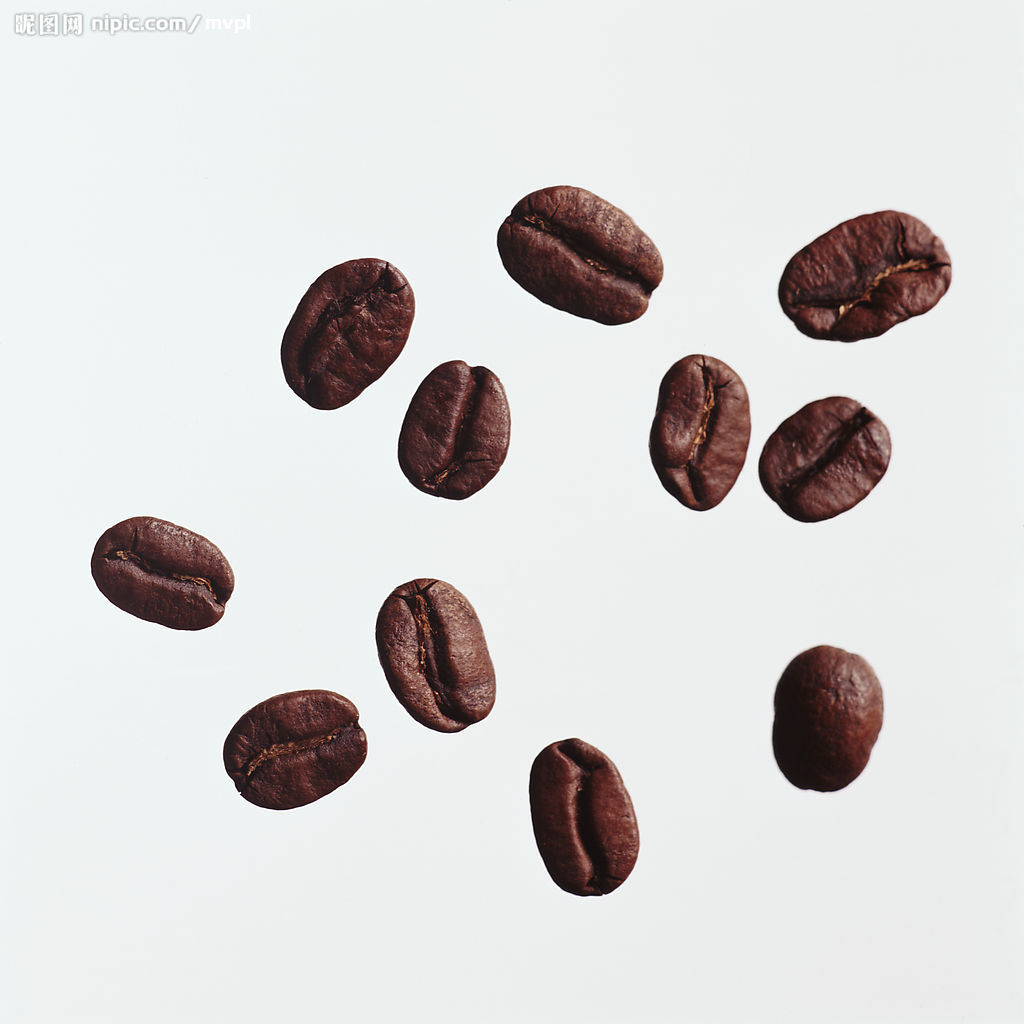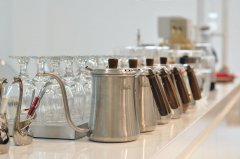Basic knowledge of boutique coffee, the birthplace of coffee
As the birthplace of coffee, African coffee plays an important role in the whole coffee industry. Although the commercial cultivation of coffee has been developed around the world for hundreds of years, the unknown wild coffee varieties in Africa are still the greatest treasure in the hearts of coffee researchers. African coffee is generally characterized by strong aroma and charming acidity, its sour brightness is lively and exhilarating, but the mellow African coffee is often slightly thin and the sweetness is not very prominent. African coffee mostly uses dry method to treat raw beans, the shape of beans is often uneven and beautiful, and the defect rate is high.
Ethiopia (Ethiopia) aroma 5 minutes brightness 4.5 minutes mellow 5 points flavor 4.5 points aftertaste 4.5 points
Suitable for baking: Light/Medial/City shallow baking to city baking can be, if the emphasis on fruit and flower aroma, then must use shallow baking, or even before the end of the explosion can stop baking (Yirgacheffe)! If you want to emphasize the flavor or mix it with the espresso formula, you can bake until you have just entered the second explosion, which will provide you with a thicker flavor, and both Hidamo and Harald are suitable for use in this situation.
According to historical records, Ethiopia is the birthplace of coffee. In the 6th century AD, shepherds in the town of kaffa became excited when they found sheep eating certain red fruits, so they picked the red berries that grew on trees and ate them. This picking opened the door to coffee all over the world, and its influence remains undiminished. Coffee is grown in Ethiopia on a plateau above 1500 meters above sea level, and the seven Harald highlands are home to Arabica coffee. At present, there are many native forests of coffee in Ethiopia, which can be said to be a coffee gene pool, which will be the solution to many coffee problems. Ethiopian coffee beans are of high quality and have a wide variety of flavors, and few countries are second to none. As for the treatment of raw beans, some are solarization, others are washing, and both are used (such as Hidamo, Sidamo), which is partly because of the diversity of Ethiopian flavors. Djimmah in the west, Hidamo in the middle and Harald in the east are the three major producing areas of Ethiopia, the most special of which is Yirgacheffe in Hidamo province, which combines the aroma of fruit, flowers and honey, and the tea-like flavor is memorable, which is the starting point for many people to enter the boutique coffee. Of course, Gemma's wild taste and Harald's unique wine aroma also drive many coffee fans crazy. Ethiopian coffee varies greatly from batch to batch, so pay attention to the batch number when buying, indicating that the taste of two bags of coffee in the same producing area may differ by 108000 li. In addition, Ethiopian coffee is usually harvested earlier, which is different from coffee in many other regions.

Important Notice :
前街咖啡 FrontStreet Coffee has moved to new addredd:
FrontStreet Coffee Address: 315,Donghua East Road,GuangZhou
Tel:020 38364473
- Prev

Asian Yunnan coffee Chinese coffee beans
When it comes to Asian coffee, the first impression of coffee lovers is often calm and calm. Asian coffee is generally characterized by thick flavor, strong sweetness and round taste, but slightly flat aroma and brightness. It is precisely because of the heavy nature of Asian coffee that it is very suitable to be used as a base when making Italian coffee. Raw coffee beans in Asia are generally processed by wet or semi-wet methods.
- Next

The classification of coffee beans is introduced.
Countries that produce coffee beans Brazil is the largest exporter of coffee beans in the world, followed by Colombia. These two Central and South American countries account for more than half of the world's coffee production, and the quality is stable. Vietnam has developed rapidly in recent years and has become the second largest coffee exporter in the world. Other countries and producing areas, such as Indonesia, Ethiopia, Guatemala
Related
- Does Rose Summer choose Blue, Green or Red? Detailed explanation of Rose Summer Coffee plots and Classification in Panamanian Jade Manor
- What is the difference between the origin, producing area, processing plant, cooperative and manor of coffee beans?
- How fine does the espresso powder fit? how to grind the espresso?
- Sca coffee roasting degree color card coffee roasting degree 8 roasting color values what do you mean?
- The practice of lattes: how to make lattes at home
- Introduction to Indonesian Fine Coffee beans-- Java Coffee producing area of Indonesian Arabica Coffee
- How much will the flavor of light and medium roasted rose summer be expressed? What baking level is rose summer suitable for?
- Introduction to the characteristics of washing, sun-drying or wet-planing coffee commonly used in Mantenin, Indonesia
- Price characteristics of Arabica Coffee Bean Starbucks introduction to Manning Coffee Bean Taste producing area Variety Manor
- What is the authentic Yega flavor? What are the flavor characteristics of the really excellent Yejasuffi coffee beans?

